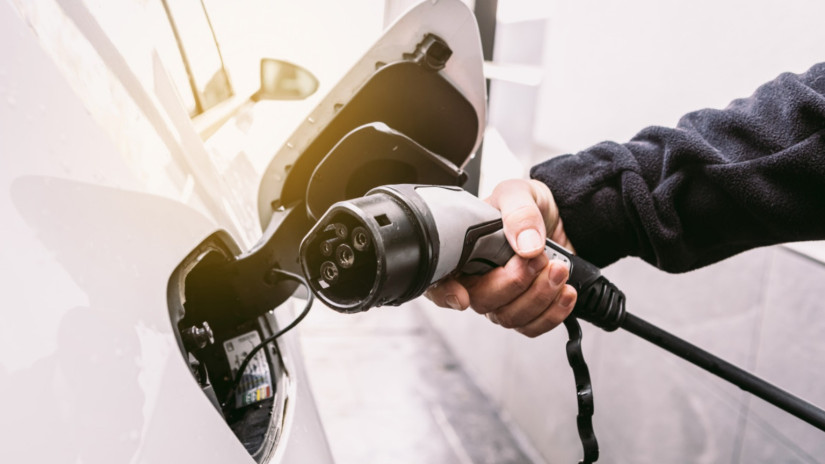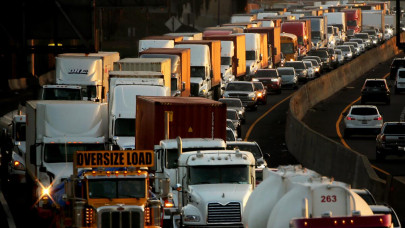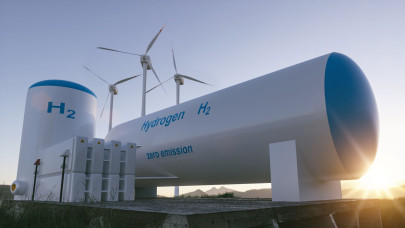The regulation encompasses cars, vans, and heavy-duty vehicles within a single legal framework and aims to further reduce air pollutant emissions from both exhaust fumes and brakes. Additionally, it establishes stricter requirements for vehicle longevity.
The Euro 7 regulation defines emission rules for road vehicles, encompassing various types of emissions such as tyre abrasion and brake particle emissions. It also introduces standards for battery durability. While maintaining the existing Euro 6 exhaust emission limits for cars and vans, the regulation introduces stricter criteria for solid particles. For heavy-duty buses and trucks, it imposes more rigorous limits on various pollutants, including previously unregulated ones like nitrous oxide (N2O). Moreover, Euro 7 introduces tighter limits for particle emissions during braking, with specific criteria for electric vehicles. The regulations also include stricter longevity requirements for all vehicles concerning both mileage and overall lifetime.With the Council's approval of the European Parliament's position today, the legislative act has been formally adopted.
Upon being signed by the President of the European Parliament and the President of the Council, the regulation will be published in the Official Journal of the European Union and will come into effect on the twentieth day following its publication.
The regulation's implementation dates will vary based on the type of vehicle:
30 months for new types of cars and vans, and 42 months for new cars and vans
48 months for new types of buses, trucks, and trailers, and 60 months for new buses, lorries, and trailers
30 months for new systems, components, or separate technical units to be installed in cars and vans, and 48 months for those to be installed in buses, lorries, and trailers













